New Black Raspberry Virus Discovered
Robert Martin, a USDA pathologist in Oregon, has described a new virus believed responsible for the growing scourge of "black raspberry decline". The disease has serious repercussions, markedly shortening the lifespan of plantings and reducing yields. Decline diseases are frequently the result of mixed infections of many viruses, making it difficult to pin down the effects of any one of them or precisely define symptoms. This new bug, however, is sufficient to cause disease all by its lonesome, and it appears readily transmitted by aphids. It's been given the catchy name "Black Raspberry Decline Associated Virus" (just rolls right off the tongue, doesn't it?), or "BRDaV".
One thing that became disturbingly clear when I was working with brambles (in my case blackberries), is that practically all of them are all but dripping with viruses. Pretty much every plant you look in. Frequently you can't see anything resembling symptoms, but they're there, lowering vigor, reducing yield, making the plants that much more susceptible to stress. And, if you're a nursery owner, just waiting to stand in the way of you shipping your plants out of state. The usual solution is to use meristem culture (the meristem region, where plants do their active growth, is comprised of cells with few or no virus particles, so plants grown from this small patch of cells will be clean). The problem is, of course, in a world chock-full of Rubus viruses, how long do they really stay clean? And do we really want to know?
Labels: black raspberry, brambles, pathology, Rubus



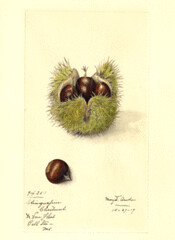
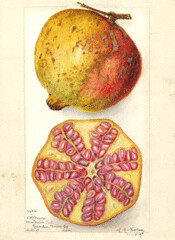

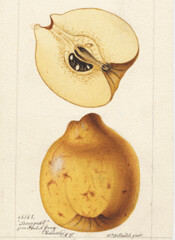




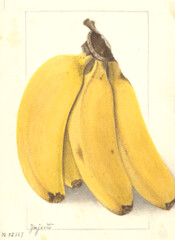

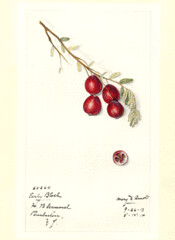
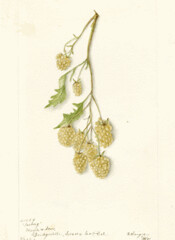
4 Comments:
That is not good. Looks like aphids are playing the part of rats in the black death but on raspberries.
Because the symptoms are not obvious at a first glance it would be easy for humans to spread this virus as well.
That's the problem with lots of these viruses: they have effects, but not in any obvious "Aha! That plant has a virus!" kind of way. You see a decrease in vigor, somewhat more chlorotic leaves, reduced fruit set, things like that. But without actually sending something off to the lab, how do you know it's not the fertilizer, or the soil, or the irrigation scheme, or a bad cultivar for your site, or how you're pruning things, or whatever. Some of these bramble viruses you can grow infected and uninfected side by side, watch them all season long and not see a difference. But at the end, when you total up the final harvest weight, you realize that you're getting significantly less from the virus-infected ones, even though you could never see a difference.
When farms grow hundreds of the same plants together it would make these plants a lot more susceptible to these diseases and also you have the problem of virus's that become immune to sprays etc.
Looks like as time goes by we might have more of these virus occuring.
Absolutely true. At least if any one is safe in short term, it's probably you folks in Australia, given the difficulty of bringing in outside plant material (and the fact that several thousand miles of ocean is a pretty effective barrier to an aphid-transmitted virus). But who knows...this virus has certainly been around for a very long time. It may already be there. Since nobody knew it existed, even the best plant inspection regime wouldn't have caught it, as nobody knew what to look for.
Post a Comment
<< Home